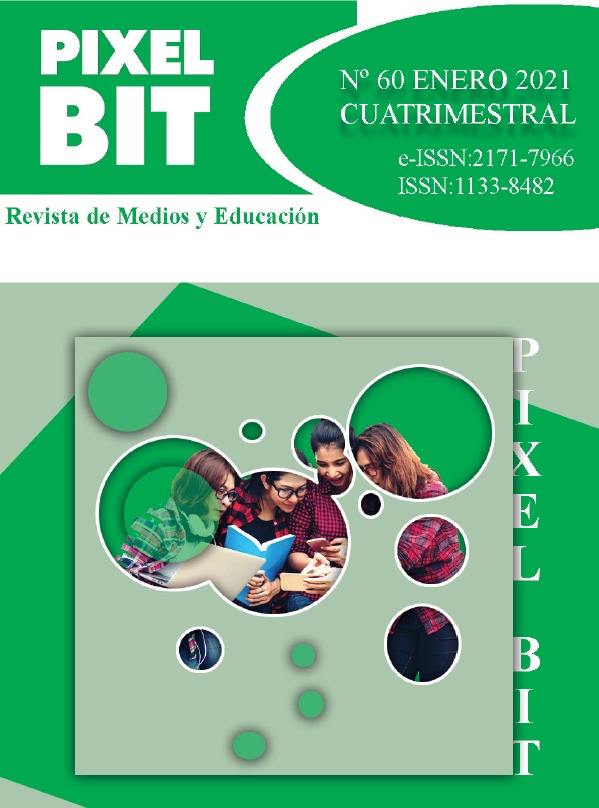Resumen
La robótica educativa cada vez se encuentra más presente en nuestro sistema educativo. Y la etapa de Educación Infantil en particular no es ajena a ello. Cada vez más, el profesorado recurre a recursos de fácil uso y bajo coste como los robots de suelo, para introducir la robótica a las aulas. Para realizar una implementación planificada y coherente, se hace necesario analizar y escoger razonadamente aquel recurso que mejor se adapte a las necesidades educativas del alumnado. Con la intención de dotar de un instrumento que permitiese esto, se diseñó y validó por 50 expertos en robótica educativa, una ficha, FAREI, resultado de esta investigación, que permite para cada particularidad adentrarse en el mundo de la robótica de suelo y sus potencialidades educativas en el desarrollo de habilidades y competencias del alumnado de Educación Infantil. Con las aportaciones de los expertos se consiguió abarcar todas las posibilidades que este mundo de la robótica puede ofrecer a la educación y ponerlas al servicio del profesorado que vaya a hacer un uso planificado de la misma.

Esta obra está bajo una licencia internacional Creative Commons Atribución-NoComercial-SinDerivadas 4.0.
Derechos de autor 2021 Píxel-Bit. Revista de Medios y Educación

